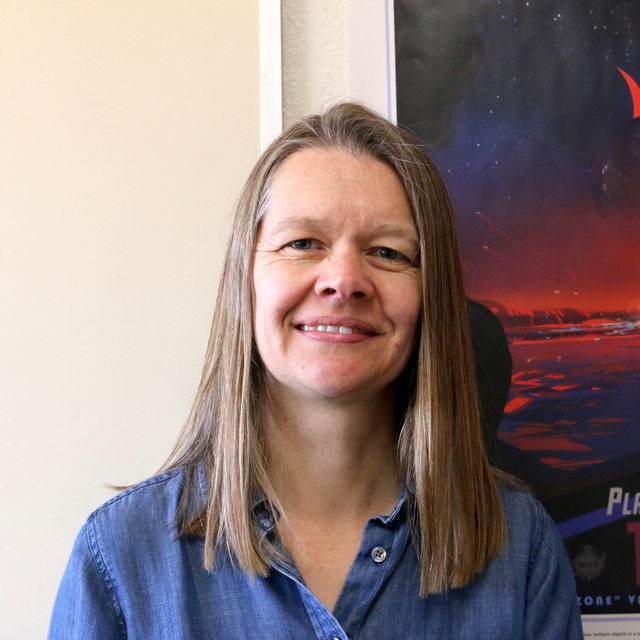August
2012
•
2012ApJ...755...42V
Authors
•
van Eyken, Julian C.
•
Ciardi, David R.
•
von Braun, Kaspar
•
Kane, Stephen R.
•
Plavchan, Peter
•
Bender, Chad F.
•
Brown, Timothy M.
•
Crepp, Justin R.
•
Fulton, Benjamin J.
•
Howard, Andrew W.
•
Howell, Steve B.
•
Mahadevan, Suvrath
•
Marcy, Geoffrey W.
•
Shporer, Avi
•
Szkody, Paula
•
Akeson, Rachel L.
•
Beichman, Charles A.
•
Boden, Andrew F.
•
Gelino, Dawn M.
•
Hoard, D. W.
•
Ramírez, Solange V.
•
Rebull, Luisa M.
•
Stauffer, John R.
•
Bloom, Joshua S.
•
Cenko, S. Bradley
•
Kasliwal, Mansi M.
•
Kulkarni, Shrinivas R.
•
Law, Nicholas M.
•
Nugent, Peter E.
•
Ofek, Eran O.
•
Poznanski, Dovi
•
Quimby, Robert M.
•
Walters, Richard
•
Grillmair, Carl J.
•
Laher, Russ
•
Levitan, David B.
•
Sesar, Branimir
•
Surace, Jason A.
Abstract
•
We report observations of a possible young transiting planet orbiting a previously known weak-lined T-Tauri star in the 7-10 Myr old Orion-OB1a/25-Ori region. The candidate was found as part of the Palomar Transient Factory (PTF) Orion project. It has a photometric transit period of 0.448413 ± 0.000040 days, and appears in both 2009 and 2010 PTF data. Follow-up low-precision radial velocity (RV) observations and adaptive optics imaging suggest that the star is not an eclipsing binary, and that it is unlikely that a background source is blended with the target and mimicking the observed transit. RV observations with the Hobby-Eberly and Keck telescopes yield an RV that has the same period as the photometric event, but is offset in phase from the transit center by ≈ - 0.22 periods. The amplitude (half range) of the RV variations is 2.4 km s-1 and is comparable with the expected RV amplitude that stellar spots could induce. The RV curve is likely dominated by stellar spot modulation and provides an upper limit to the projected companion mass of M psin i orb <~ 4.8 ± 1.2 M Jup; when combined with the orbital inclination, i orb, of the candidate planet from modeling of the transit light curve, we find an upper limit on the mass of the planetary candidate of M p <~ 5.5 ± 1.4 M Jup. This limit implies that the planet is orbiting close to, if not inside, its Roche limiting orbital radius, so that it may be undergoing active mass loss and evaporation.
Links









